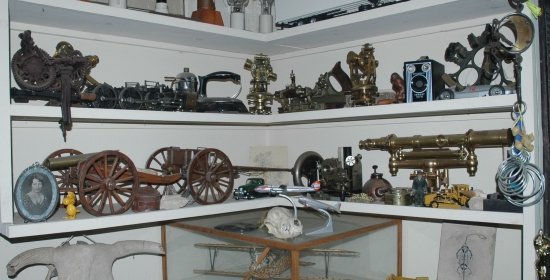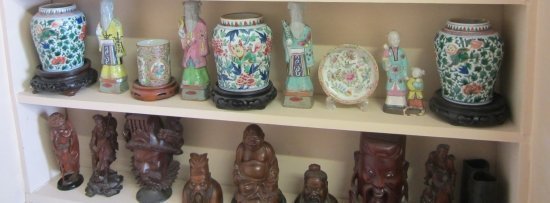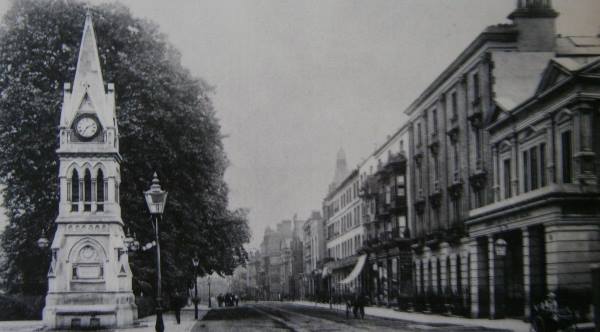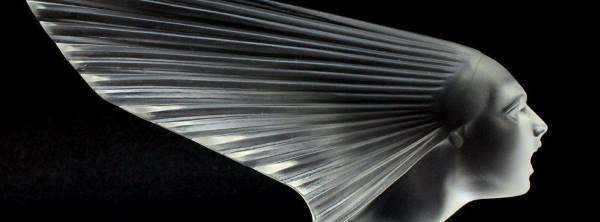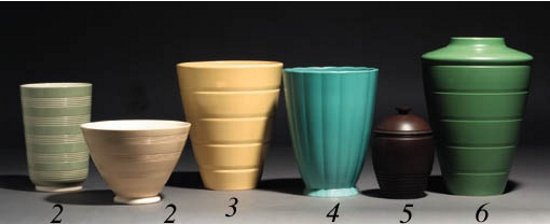Born in Yorkshire in 1718, and established in London by the 1740s, Thomas Chippendale began his career at a time when it was slowly being realised that styles could be given an identity by the use of a brand name.
In the first half of the 18th century, the rapid growth of the market for luxury goods created new opportunities for the ambitious, whether patron or craftsman. New buildings could be dubbed ‘modern’ or ‘after the antique’. Styles such as Chinese or Gothic were less common, although readily identifiable.
From the mid-century, however, competition greatly increased, not only among craftsmen vying with architects as significant designers, but also among themselves.
The British had been slow to learn the art of self-publicity, but James Gibbs made a splendid debut with his ‘A Book of Architecture’ (1728), in which all the designs were his own. In this, it differed from Colen Campbell’s Vitruvius Britannicus (1715-25), and William Kent’s ‘Designs of Inigo Jones’ (1727), which both contained designs from several sources.
Such treatises were the work of architects, not craftsmen. Gibbs’s style was late Baroque, the other two, Palladian. The typical English Rococo pattern books, including Chippendale’s, were somewhat different, for they were devised by craftsmen as quarries for others to use.Styles were propagated not only through publications but also by the increasing facility with which goods were produced.
Chippendale astutely attempted to make his designs respectable by including engravings of the Classical Orders, although he rarely made use of them.
Instead, his proposals were fluently Rococo in the English way, for, despite the many C-scrolls and serpentine lines, the overall effect was a near symmetry.
Chippendale wished to impress his version of the style upon his contemporaries by illustrating everything from keyhole escutcheons to the grandest of state beds.
He used the best engravers, some of whom had worked on architectural treatises, and, perhaps because of their help, he was able to assess forthcoming trends in taste quickly.
Hence, with the third edition of the Director (1762), he was incorporating neo-Classical forms, whose linear elegance lasted into the era of Hepplewhite and Sherton.
The usefulness of Chippendale’s Director can be gauged by the fact that, in 1835, John Weale published a selection of mid-18th-century designs under Chippendale’s name, and within the next 20 years the description ‘Chippendale style’ had become established.
For the Victorians, faced with many and diverse revivals, it was essential to give each a brand name which was both easy to say and to recognise. Better till for the nationalists, they now had an English name where hitherto ‘Louis Quinze’ had sufficed.
Paradoxically, it is in Chippendale’s neo-Classical work that he developed a distinctly idiosyncratic style, whose ornamental vocabulary combined elegance with practical economy.
Where Adam would have varied neo-Classical motifs, Chippendale repeated them, and, to save time and money, would occasionally mould small ornaments in composition to reduce their cost.
His desire for unity was no less than Adam’s, as may be seen in the japanned furniture of his later years. By this time he was beginning to compete with ambitious – but still provincial – firms, such as Gillow’s of Lancaster.
However, one need go no farther than visit the humble gravestones in churchyards such as Granthams, or look at the overdoors of the Rococo shop and house at 56 Artillery Lane, London, to realise that there was indeed an ‘Age of Chippendale’, although one should not expect a literal transcription from the Director.
As Chippendale himself commented, his ‘designs are so contrived that if no one drawing should singly answer the Gentleman’s taste, there will yet be found a Variety of Hints sufficient to construct a new one.’

